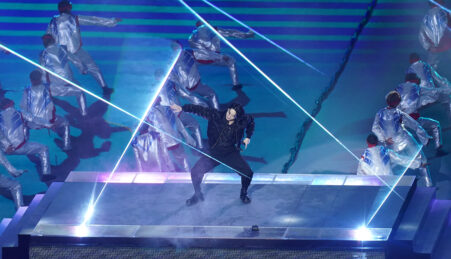By Pierangelly Del Rio Martinez
A series of unique photographs by Käthe Buchler’s, Beyond the Battlefields went on exhibition this week, showcasing a documentation of life in Germany before and during the First World War. The exhibition is organized in collaboration with the Museum of Photography in Braunschweig, Lower Saxony and the AHRC funded First World War Engagement Centre at The University of Birmingham and the University of Hertfordshire.
The exhibition launch, which is the first time the exhibition has been outside Germany, was held at Grosvenor Gallery, formed part of the RAH! 2018 events programme. Attendees were welcomed with a drink reception and encouraged to take a closer look at the photographs.
Professor Sharon Handley, Pro-Vice-Chancellor of the Faculty of Arts and Humanities, spoke about Buchler’s life, work and what makes it so distinctive. She said, “Käthe Buchler was an unusual woman for her time and class. A bourgeois wife and mother and upright member of her community, who became a passionate amateur, photograph in the edge from First World War. She was an early adopter of the Autochrome process.”
Handley added, “Buchler’s photographs provide remarkable insight into the war’s impact in every day life and how civilian population was surviving hundreds of miles away from the fighting. Buchler’s calm, disciplined interpretation of civilian life, distant from the violence of military actions at the front, convey the human spirit of their subjects, yet also are deeply conservative and conformist values of her own social background.”
Special thanks were paid to by visual artist Jacqueline Butler, Head of Media, Manchester School of Art and professor Melanie Tebbutt of Manchester Met’s History Research Centre, who co-curated the exhibition.
Beyond the Battlefield’s photographs formed part of a much larger exhibition of 1000 black and white images and 175 Autochrome palettes donated by Buchler’s family in 2003. In the Grosvenor Gallery, the photographs, the majority black and white, are showcased across two walls and two central panels. The images depicted Buchler’s own domestic life, with several photographs featuring her children, as well as other children and orphans of the world and the series “women in men’s jobs.” The “calm, disciplined interpretation of civilian life,” mentioned by Professor Handley becomes evident in the carefully choreographed images of women at work; carriage cleaners, conductress, milk sellers window cleaners and more; the photographs serve as testimonies of a time in which women assumed typically male jobs while millions of men were away fighting the war.
However, women were not the sole integral part of the war, as children are also the main focus of Buchler’s work. Titled, ‘Children on the Home Front: Seen and Unseen’, the series attempts to narrate a story of the children, who have been described as “the unseen casualties of the first world war”. The Children of Braunschweig are seen posing in uniforms, lined up and collecting cardboard and paper. Perhaps one of the most remarkable is the Beyond the Battlefields exhibition’s promotional image, Buchler’s “Collecting King Willy von Hinten, the most diligent collector of 1915”. It depicts how children who efficiently collected waste material for the war effort were awarded rabbits.
“It evokes contradictions of civilian life during war time,” Professor Handley explained. “A magical image of a child’s delighted wonder at receiving such a gift lavened with knowledge of the wartime rationing and food shortages brought about the Hungerblockade, giving the photograph and altogether different meaning.”
Beyond the Battlefields’ photographs not only serve to enlighten the public about the realities of the First World War, a conflict which might seem too distant and unfamiliar for younger generations; it goes beyond the past to become a testimony of the impact of the war on the lives of women, children and people who were left behind on the home front. It invites to questions how their lives and experiences were represented.
However, another remarkable aspect about the exhibition is the colour images. Buchler is known for being one of the first photographers to create images using Autochrome, the world’s first commercially available colour photographic process. A modest number of these pictures demonstrate Buchler’s technique, which might, at first sight, look too artificial. Nevertheless, this highlights Buchler’s excellence as an amateur photographer.
Beyond the Battlefields: Käthe Buchler’s Photographs of Germany in the Great War exhibition will run at the Grosvenor Gallery until March 2. After this, it will be transported to the University of Hertfordshire.





Leave a reply